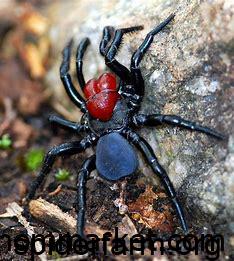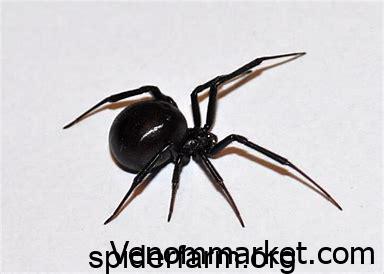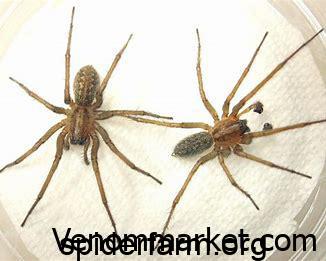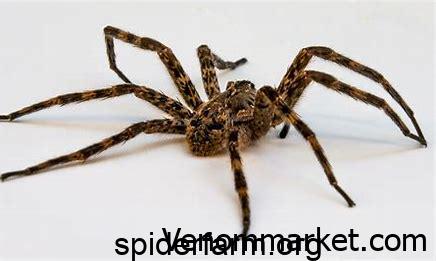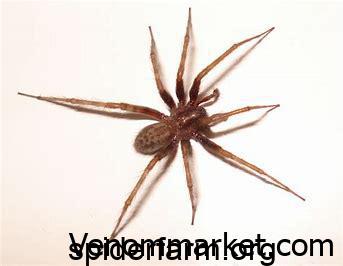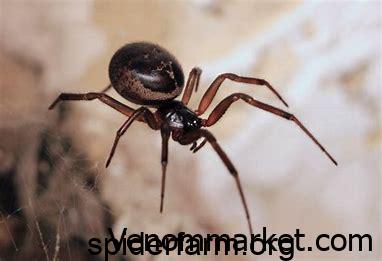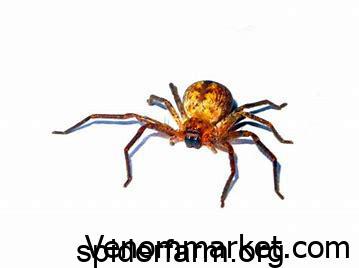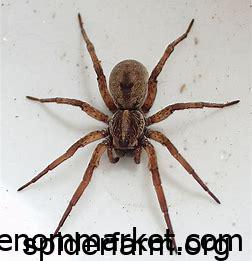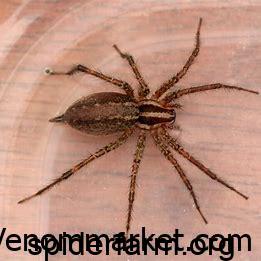Spider venom
Spider venoms are a cocktail of many chemicals.Spider bites and venoms Some are neurotoxins, which evolved to kill or immobilise arthropods like insects by attacking their nervous systems; others are cytotoxins which help break down the tissue so the spider can ingest a liquefied meal. Unfortunately, a few of these chemicals can be seriously toxic to people.
?How does spider venom work in humans-
Venoms are chemicals of biological origin (i.e. made by an animal) used for the purpose of attack or defence. Venoms are made by specialised organs, such as modified salivary glands, and are delivered via specialised systems such grooved or hollow fangs. Most venoms consist of a complex mixture of chemical substances, including proteins, peptides, sugars and other substances. Venoms may affect many systems of the body. Common venom effects include paralysis, interference with blood clotting, breakdown of muscle, pain, breakdown of tissues and effects on the cardiorespiratory system (the heart and lungs).
:Spider bites and venoms-
There are basically two types of venom that have an effect on humans: neurotoxic and cytotoxic (or necrotic) venoms. Neurotoxic venoms work directly on the nervous system. The best known example is the venom of the Black Widow/Redback spiders (Latrodectus species). Necrotic venoms cause damage to the tissues, such as blisters and lesions. There are no confirmed records of spider bites in Australia causing necrotic lesions, although the bites of Recluse Spiders, which are native to the Americas, have been confirmed to cause tissue necrosis. Generally, neurotoxic venoms kill more quickly than cytotoxic venoms.
:Toxins which attack nerves-
The main effect of a neurotoxic venom is to block nerve impulses to the muscles, causing cramps and rigidity and also disrupting many of hte body’s functions. It also overstimulates the production of the neurotransmitters, acetylcholine and norephinephrine, causing paralysis of the entire nervous system. The combined effect causes sudden and severe stress to the entire human body. In extreme cases, this can result in death due to respiratory or circulatory failure. Funnel-web Spider venom – known as atraxotoxin – acts directly upon the nervous system in this way.
:Toxins which attack the tissue-
Necrotic venoms cause skin blisters around the site of the bite, which may lead to ulcers and tissue death – necrosis. Recent studies of confirmed spider bites suggest that, in Australia, these bites do not cause tissue necrosis. These sorts of symptoms are most likely due to other types of clinical conditions.
Spider bites and venoms-
:Mating antivenoms-
Antivenoms for spider toxins are produced by injecting horses, goats or rabbits with the spiders’ venom. This doesn’t harm these animals because they are either given only small venom doses or they have a naturally mild reaction to the venom. Antibody molecules are produced as a result of the reaction of the animal’s immune systems to the foreign venom molecules. These are used to make life-saving antivenoms for humans. Molecular research aimed at making synthetic antivenoms is in progress.
Spider venom






